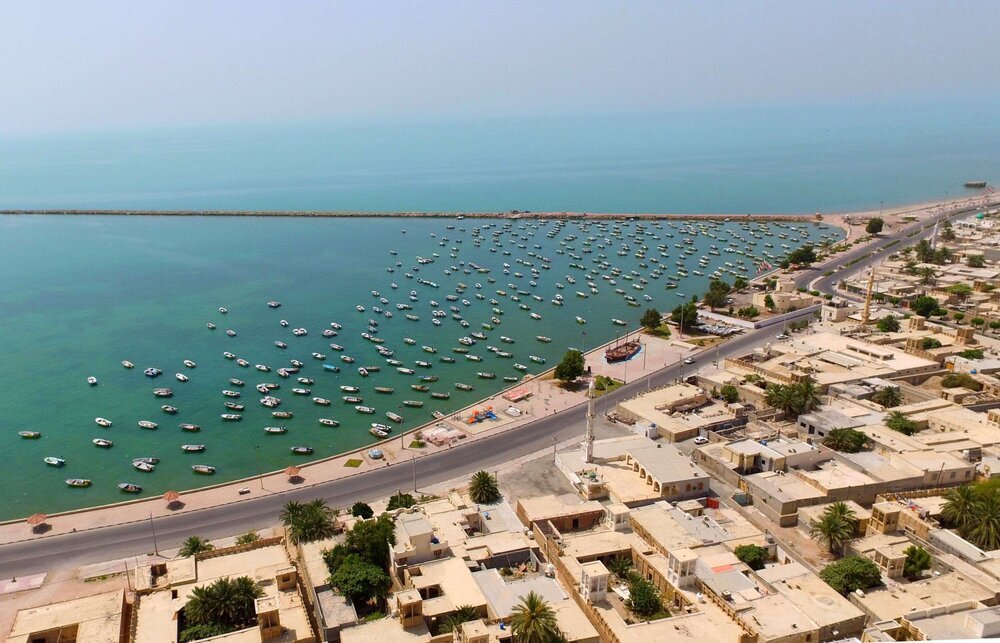Cultural heritage experts to discuss Persian Gulf

TEHRAN – On the occasion of the Persian Gulf National Day, several lecturers and cultural heritage experts will discuss the strategic waterway in a webinar tomorrow.
Sadollah Nasiri Qeydari, Seyyed Mohammad Beheshti, Morteza Rezvanfar, Hamidreza Dalvand, Farzaneh Gashtasb, and Maryam Nemat-Tavousi are among the lecturers in the event organized by the Research Institute of Cultural Heritage and Tourism.
Moreover, some researchers have been invited to present studies on the historical heritage and cultural convergence of the locals across the historical waterway, ILNA reported.
The national day is annually observed on the tenth of the Ordibehesht (April 30) which marks the anniversary of Shah Abbas I of Persia’s successful military campaign when the Portuguese navy was forced out of the Strait of Hormuz in the Capture of Ormuz (1622).
The modern strategic importance of the Persian Gulf dates from the mid-19th century when three great empires confronted each other there: British India, Tsarist Russia, and Ottoman Turkey.
The British established political control over much of the Persian Gulf in the early 1800s and kept it for 150 years, establishing a tradition of outside involvement that persists today. Britain did not establish formal protectorates (as in the case, for example, of Egypt), but did enter into treaties with local sheiks offering them protection in return for control over their foreign policy. In 1899, Kuwait, then considered a dependency of the Ottomans, was brought into this system.
After World War I, the political map of much of the Middle East was redrawn as the Ottoman Empire was replaced by modern states, including Turkey, Iraq, and Saudi Arabia. The small Arab sheikhdoms on the western shore of the Persian Gulf were under British protection until 1971 (in the case of Kuwait, 1961). Iran (Persia) was never a colony, and for much of the 19th and 20th centuries, Britain competed with Russia for influence there.
Spanning some 250,000 square kilometers, the Persian Gulf is bounded by the Shatt al-Arab waterway in the north, which forms the frontier between Iran and Iraq, and the Strait of Hormuz in the south, which connects the sea to the Gulf of Oman and the Indian Ocean.
Persian Gulf shares boundaries with littoral states Iran (Persia), Oman, Iraq, Kuwait, Saudi Arabia, Bahrain, Qatar, and the United Arab Emirates. The Strait of Hormuz connects the Persian Gulf to the Gulf of Oman.
Furthermore, it is of high importance as an international trade route connecting West Asia to Africa, India, and China. It has historically been an integrated region characterized by constant interchange of people, commerce, and religious movements.
AFM
